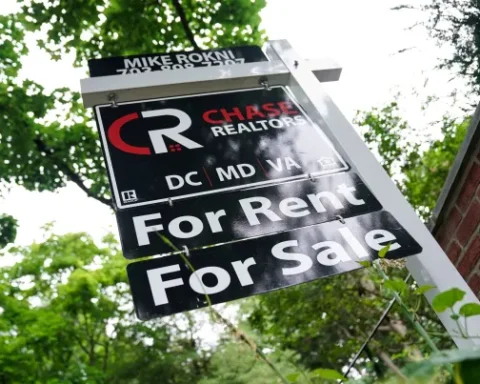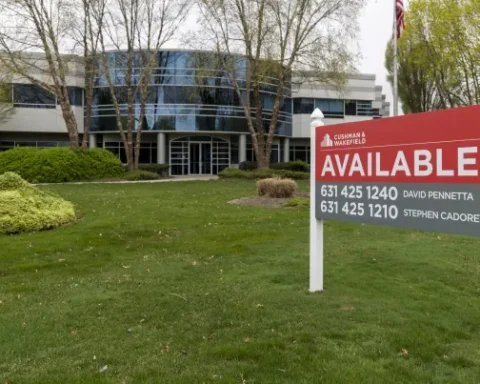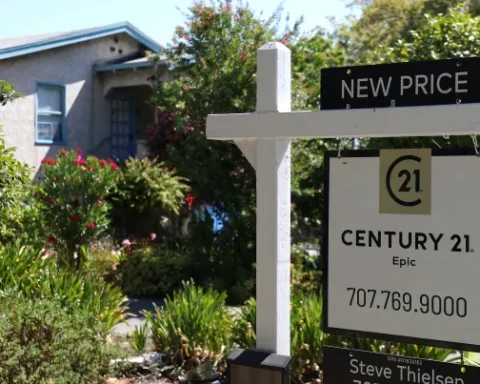As the Federal Reserve convenes for its two-day meeting, speculation is rife about the future direction of interest rates amidst an unexpectedly robust economic performance and a cooling inflation rate. The term “no landing” is gaining traction among economists, suggesting a scenario where the economy sustains above-trend growth without succumbing to recessionary pressures yet grappling with persistent inflation.
Columbia Business School’s economics professor Brett House optimistically notes, “In many ways, we already have a soft landing. The Fed has threaded the needle of the economy very artfully with a kind of ’Goldilocks’ scenario.” This sentiment is bolstered by the latest GDP growth figures, which, at a 3.3% pace in the last quarter, far exceed projections, driven by a resilient job market and vigorous consumer spending.
However, Alejandra Grindal, chief economist at Ned Davis Research, introduces the concept of a “no landing” scenario, where she describes an “overheating” economy characterized by sustained above-trend growth coupled with above-trend inflation. This scenario, while indicative of economic resilience, poses significant challenges, particularly for consumers facing the brunt of higher interest rates and inflation, which remains stubbornly above the Federal Reserve’s 2% ideal at 3.4%.
The potential for a “no landing” scenario brings many implications. On one hand, it offers a reprieve from the spectre of recession, suggesting a possibility of interest rate cuts that could alleviate borrowing costs. On the other hand, the persistence of inflation could strain household budgets further, especially for those with variable-rate debts.
Yet, the spectre of a recession cannot be entirely dismissed. Mark Higgins, senior vice president for Index Fund Advisors, cautions against premature policy easing, drawing parallels with past missteps that precipitated entrenched inflation. He advocates for enduring short-term pains for long-term stability, a sentiment echoed by a majority of economists who see a less than 50% chance of recession in the near term.
While the Federal Reserve’s current stance may signal a “soft landing” for the economy, the unfolding growth and inflation dynamics warrant cautious optimism. Consumers and investors alike are advised to brace for potential fluctuations, focusing on policy shifts that could herald sustained growth or a return to economic stability through more traditional cyclical patterns.







